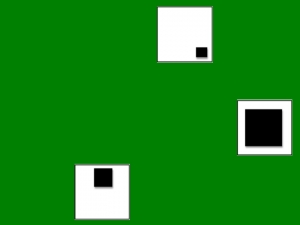February was an exciting month, and March promises to be equally stimulating! In February, the CASHP Journal Club discussed articles with a broad range of subject matter, including the possible evidence for butchery at Dikika 3.4 Ma; mathematical ways to compare anatomical surfaces; the relationship of energetics and brain size evolution; and the effect of climate change velocity on species endemism in birds, mammals, and amphibians. Susana Carvalho broken also shared with us some of her fascinating studies of chimpanzee archaeology broken. There’s always plenty of food for thought around here!
Speaking of “thought”… I am interested in how individuals think about their social environment. Often, one uses visible cues to infer processes that operate invisibly. For example, while talking to a friend of yours, you might notice that she makes infrequent eye contact, sighs loudly, or allows long silences to pass before responding to your questions. From these observable hints, you can make a prediction about her mental state. “You seem distracted; is everything OK?” you might ask her.
Humans are fairly skilled at using visible cues to reason about unobservable forces, like gravity or the mental states of others. But what about apes? How do they use visible cues to guide their behavior? I’ll be presenting recent studies of just this question at the upcoming Comparative Cognition Conference. Francys Subiaul, my advisor, Bess Price, a postdoctoral research fellow at the National Zoo, several undergraduate research assistants, and I examined how orangutans and children use visible cues to guide them when choosing items in a sequence. We compared spatial cues and different types of content cues to see whether either kind boosted performance. I have really enjoyed working on these studies and am pleased that we have some follow-up experiments to do in the future. There is so much we have yet to learn about great ape cognition!


